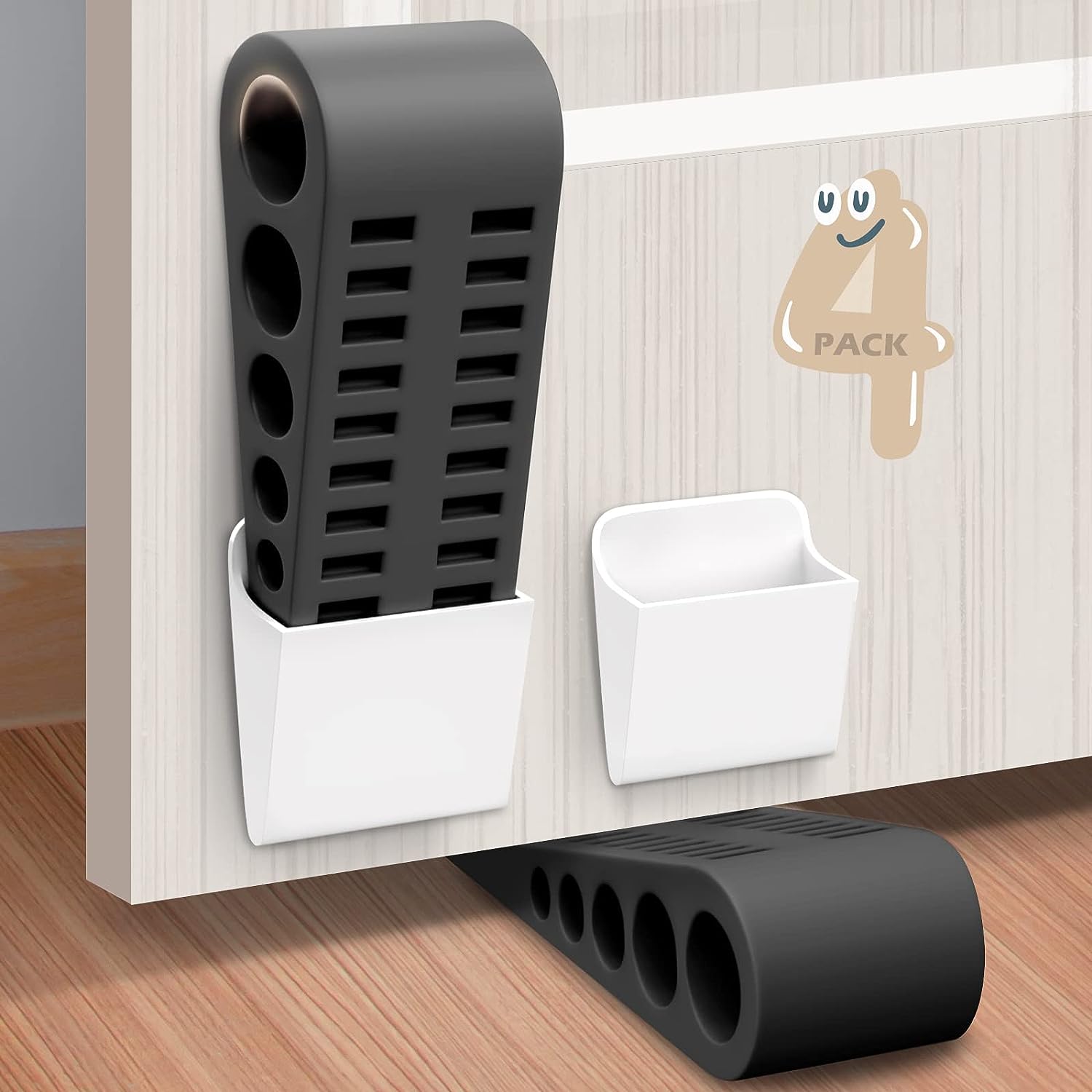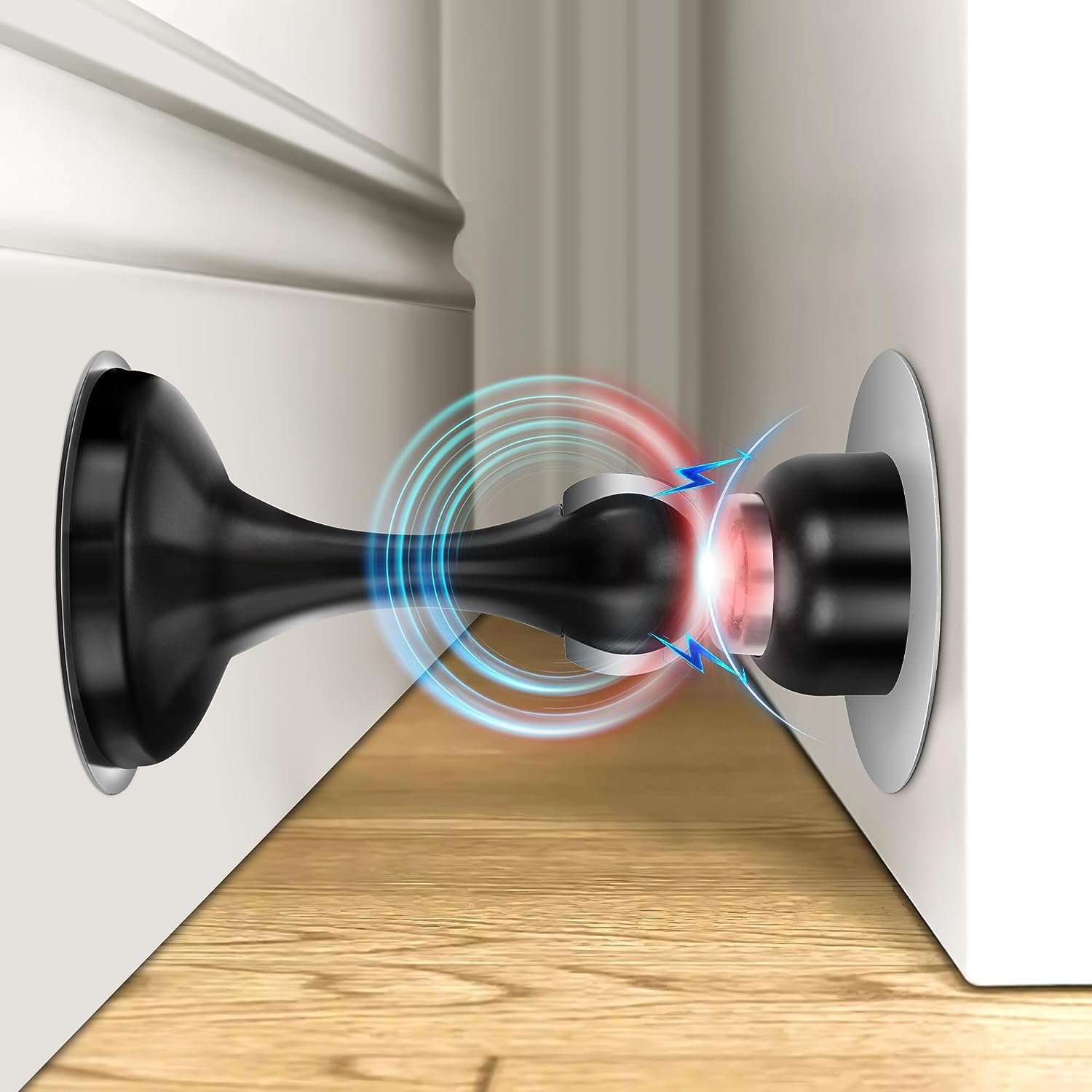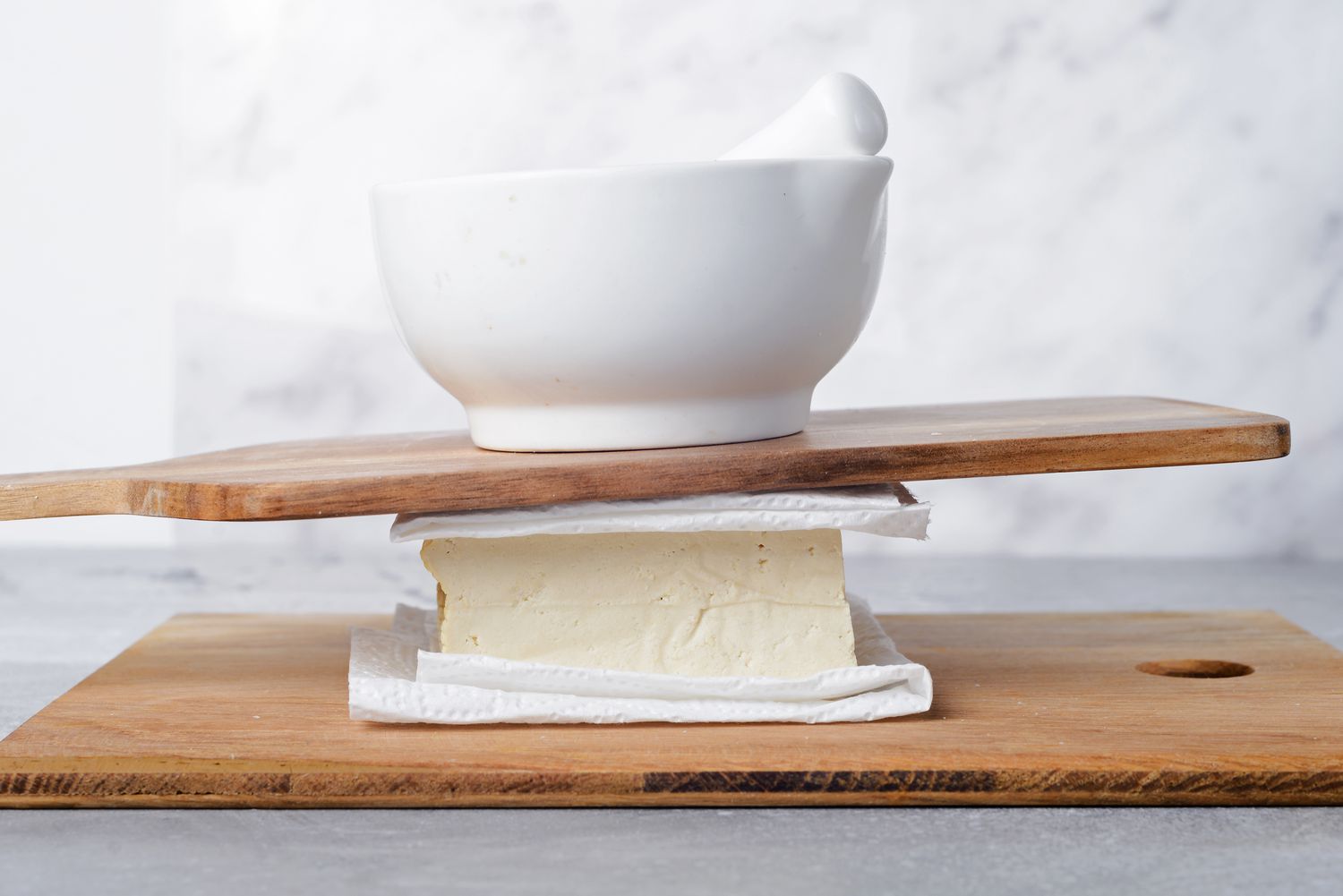Door stoppers Maintenance: Tips and Tricks
The importance and sustenance of door stoppers
Door stoppers are gadgets that are often used in our home lives. Although they may appear simple, they tin provide safety and convenience while protective walls, floors, and doors. However, when the door stopper becomes inaccurate or loses its functionality, it can cause a host of troubles. Therefore, wise to the sustenance tips and tricks for your door stoppers will help extend its living and ensure its long-lasting performance.

How to strip and maintain door stoppers
First and foremost, regular cleaning of your door stoppers is describe to maintaining its good functionality. You can use a mild detergent and a dampen cloth to wipe off the door stop surface to remove undefined and dirt. Avoid using chemicals or abrasives that are too strong to prevent undefined to the undefined stop’s appearance and material. In addition, ensure that the sphere around the undefined stop over is strip to keep off the accumulation of dust and debris, which whitethorn affect the normal use of the door stopper.
Secondly, the lubrication of the door stoppers is too a world-shaking tread in maintaining its performance. You can use a special door stopper lubricant or lubricant and apply it to the friction parts and connecting parts of the undefined stop. This will tighten friction and noise during the door stopper opening and closing work on and ensure smooth operation. Remember, use the correct amount of lube and avoid over-applying to prevent greasiness and staining.
Tips for repair commons Door stopper over Problems
After long-term use, undefined stops Cretaceous Oxycontin develop some common problems, such as loosening, rusting or red ink of elasticity. If the door stopper over is loose, you can use a screwdriver or wrench to constrain its retaining screws. If the door stoppers are rusty, you can utilize a wire brush and anti-rust fluid to transfer the rust and apply a layer of rust inhibitor. If the door stopper over loses its elasticity, you can try using hot water or a hair dryer to heat the undefined stop back to its original shape. However, for severely damaged door stoppers, it is best to replace them with new ones to ensure safety and reliability.
Notes and additional suggestions of door stopper
There are some considerations and extra suggestions to sustain in take care when performing door stoppers maintenance. First, make sure you unplug the great power source before doing any door stop repair or replacement, just to be safe. Secondly, if you’re not sure how to repair a door stopper or don’t have the skills, it’s best to call a professional person to do it. They have the expertise and experience to ensure the quality and refuge of repair work. Additionally, buying high-quality door stoppers and accessories is key to long-lasting door stoppers performance. take certified brands and reliable suppliers to ensure production quality and after-sales service.
Maintenance of your door stoppers is crucial to maintaining its long-lasting performance. By on a regular basis cleaning and maintaining your door stoppers, using the proper lubricants, fixing green problems, and observing precautions, we tin extend the life of your door stoppers and ensure its long-lasting performance and functionality. Although the door stoppers is a moderate tool in home life, its normal surgical process plays an important role in the quality and safety of our lives.
Therefore, we should bear attention to the maintenance and upkeep of door stoppers. Regular cleaning of your door stoppers is key to maintaining its appearance and functionality. specific detergent and a damp cloth tin remove dust and dirt and sustain your door stoppers clean. Also, take worry to strip the area around the door stopper to prevent dust and debris from accumulating. Keeping your door stoppers clean will not only broaden its service life, but besides meliorate the overall hygiene of your home.
In addition to cleaning, lubrication is also a world-shaking part of door stoppers maintenance. Proper lubrication can reduce rubbing and noise during the possibility and closing process of the undefined stop and keep it track smoothly. Select a special undefined stop over lubricant or lubricating oil and apply it on the friction parts and copulative parts of the door stop, which tin in effect reduce wear and extend the service life of the door stop. But be careful to use just the right amount of lubricant, over-applying can lead to greasiness and staining.
When the door stoppers become loose, rusty, or loses its elasticity, there are roughly repair techniques we can try. For unleash door stoppers, just use a screwdriver or wrench to tighten up the set screws. If the door stoppers are rusted, use a wire brush and anti-rust fluid to remove the rusted parts, and apply a stratum of rust inhibitor to prevent further rust. For door stoppers that have doomed their elasticity, try using hot water or a hair drier to heat the door stoppers back to its original shape. But for severely damaged door stoppers, it is best to supersede them with recently ones to ensure safety and reliability.
When performing door stoppers maintenance, we also need to pay attention to some things. First, make sure to disconnect the power seed earlier performing any door stopper repair or replacement operations, simply to be safe. Secondly, if we are not sure how to repair the door stopper or undefined not have the relevant skills, it is best to expect a professional to repair it. They have the expertise and experience to ensure the quality and safety of resort work. Additionally, purchasing high-quality door stoppers and accessories is key to long-lasting door stoppers performance. take secure brands and reliable suppliers to ensure production quality and after-sales service.
To add up, the importance of door stoppers sustenance cannot be ignored. By regularly cleaning, lubricating, repair common problems, and observing precautions, we can extend the living of your door stoppers and ensure its long-lasting performance and functionality. Although door stoppers English hawthorn seem small, they play an important purpose in home life, protecting walls, floors and doors while also providing us with refuge and convenience. Therefore, we should pay attention to the maintenance of door stoppers so that they are always in good undefined and bring up convenience and comfort to our lives.







